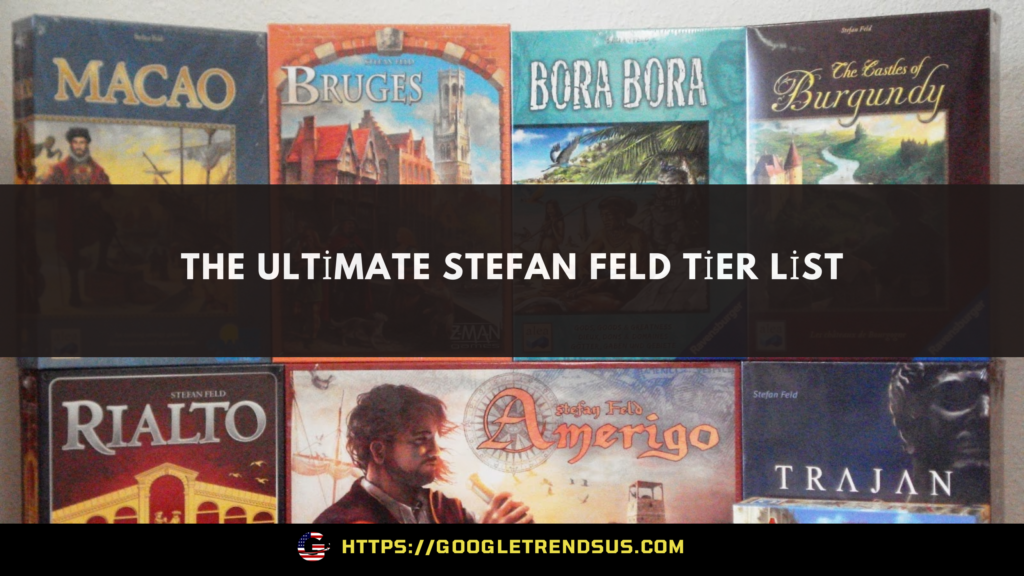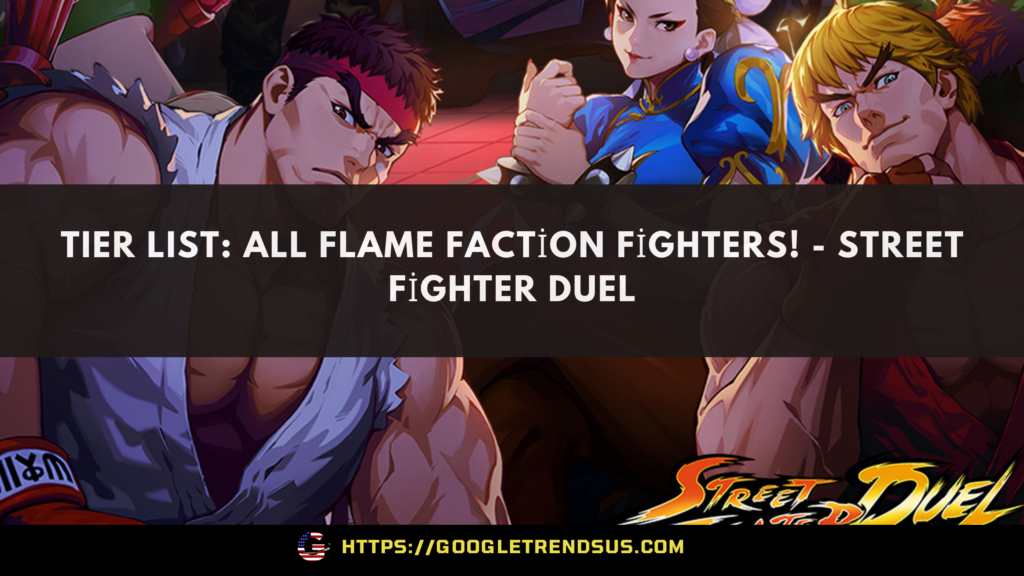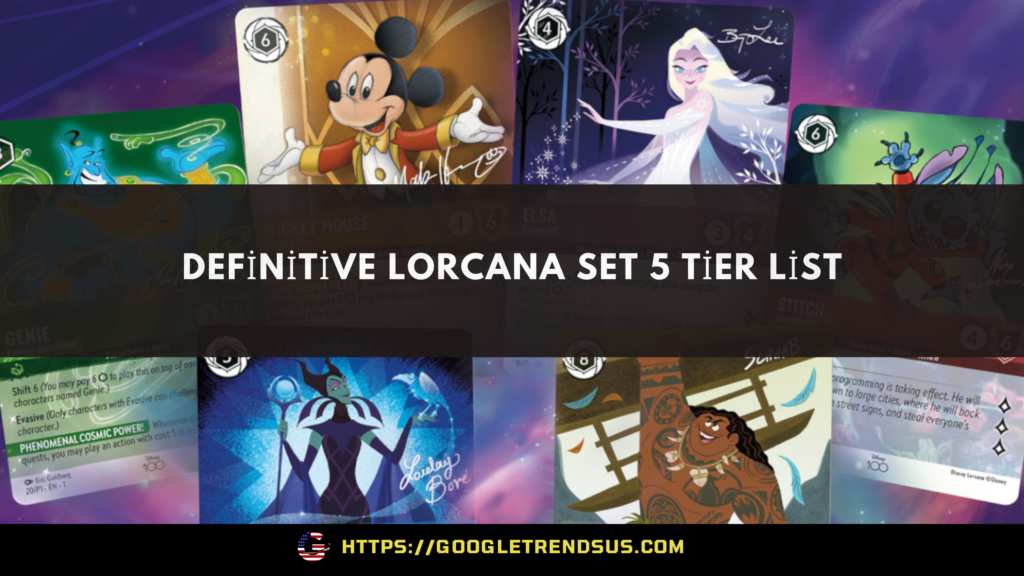Stefan Feld is a prolific and celebrated board game designer known for his innovative mechanics and engaging gameplay experiences. With numerous games under his belt, Feld has crafted a wide array of titles that cater to different tastes and preferences in the board gaming community. This Stefan Feld Tier List aims to rank his games based on their design quality, replayability, and overall impact on the hobby.
S-Tier: The Pinnacle of Feld’s Design
1. Castles of Burgundy
“Castles of Burgundy” is often hailed as Feld’s magnum opus. This game combines tile placement, dice rolling, and set collection in a seamless and highly strategic manner. Players develop their princedoms by building cities, trading commodities, and cultivating fields. The game’s deep strategic elements and variability ensure high replayability.
- Strengths: Deep strategy, high replayability, elegant mechanics.
- Weaknesses: Can be overwhelming for new players due to its complexity.
2. Trajan
“Trajan” is a game of tactical maneuvering and strategic planning set in ancient Rome. It features Feld’s trademark multi-use mechanics, particularly the mancala-style action selection system. Players must balance multiple aspects of Roman life, including politics, military, and trade.
- Strengths: Innovative action selection, multiple paths to victory.
- Weaknesses: High learning curve.
3. Bruges
“Bruges” is a card-driven game where players manage their hand of cards to build the city, gain influence, and ward off disasters. The game’s variety comes from the multi-use cards, offering numerous strategic options.
- Strengths: High strategic depth, varied gameplay due to multi-use cards.
- Weaknesses: Randomness of card draw can affect gameplay.
A-Tier: Exceptional Games with Slight Flaws
4. The Oracle of Delphi
“The Oracle of Delphi” is a race game where players seek the favor of the gods to complete tasks across the Greek isles. It’s a departure from Feld’s usual point salad style, focusing instead on completing objectives efficiently.
- Strengths: Unique focus on racing, thematic integration.
- Weaknesses: Less strategic depth compared to other Feld games.
5. Aquasphere
“Aquasphere” takes place in an underwater research station. Players manage submarines and scientists to explore the station and gather resources. The game’s complexity lies in its intricate action programming.
- Strengths: Unique theme, complex action programming.
- Weaknesses: Steep learning curve, can feel convoluted.
6. Amerigo
In “Amerigo,” players explore and colonize new lands using a cube tower to determine available actions each round. This game combines exploration, resource management, and strategic planning.
- Strengths: Innovative cube tower mechanic, engaging exploration.
- Weaknesses: Setup time can be long, randomness of cube tower.
B-Tier: Solid Games with Some Limitations
7. Notre Dame
“Notre Dame” involves players managing resources and influence around Paris to gain prestige. The game uses a card drafting mechanic to dictate actions, with each decision impacting future rounds.
- Strengths: Tight gameplay, card drafting adds strategic depth.
- Weaknesses: Can feel repetitive after multiple plays.
8. Bora Bora
“Bora Bora” is a dice placement game set in the Polynesian islands. Players perform actions based on the roll of their dice, with each action contributing to the growth and development of their tribe.
- Strengths: Engaging dice placement, thematic artwork.
- Weaknesses: High complexity, can be unforgiving.
9. In the Year of the Dragon
“In the Year of the Dragon” is a game of resource management and survival. Players must endure a series of disasters while trying to maintain their empire. The game is known for its punishing difficulty.
- Strengths: High tension, rewarding strategy.
- Weaknesses: Harsh penalties can be discouraging.
C-Tier: Enjoyable But Not Essential
10. Macau
“Macau” revolves around a unique action selection mechanism involving wind roses and cubes. Players must balance short-term gains with long-term planning to be successful.
- Strengths: Innovative mechanics, deep strategic planning.
- Weaknesses: Complexity can be off-putting.
11. The Speicherstadt
“The Speicherstadt” is a bidding and trading game set in the warehouses of Hamburg. Players bid on cards that grant resources and actions, requiring careful planning and timing.
- Strengths: Tense bidding mechanics, thematic integration.
- Weaknesses: Player interaction can lead to frustration.
12. Rum & Pirates
“Rum & Pirates” is a lighter game involving dice rolling and set collection. Players navigate the streets of a pirate city, collecting rum and treasure.
- Strengths: Fun theme, accessible gameplay.
- Weaknesses: Limited strategic depth, high randomness.
D-Tier: Niche Games with Limited Appeal
13. Revolution 1828
“Revolution 1828” is a two-player game about the presidential election of 1828 in the United States. Players use influence and manipulation to gain electoral votes.
- Strengths: Historical theme, interesting two-player dynamics.
- Weaknesses: Limited audience, can be repetitive.
14. Jorvik
“Jorvik” is a reimplementation of “The Speicherstadt,” set in the Viking era. The game retains the original’s bidding mechanics with some thematic adjustments.
- Strengths: Improved theme, engaging bidding.
- Weaknesses: Doesn’t innovate much from the original.
15. It Happens
“It Happens” is a quick dice game where players compete to collect treasures. The game is light and relies heavily on luck.
- Strengths: Quick playtime, easy to learn.
- Weaknesses: High luck factor, limited depth.
Conclusion
Stefan Feld’s games are known for their strategic depth, innovative mechanics, and replayability. While some titles stand out more than others, each game offers a unique experience that can cater to different tastes within the board gaming community. Whether you prefer the deep strategy of “Castles of Burgundy” or the thematic racing of “The Oracle of Delphi,” there is a Feld game for everyone. This Stefan Feld Tier List provides a comprehensive look at his body of work, helping you decide which games to explore next.




